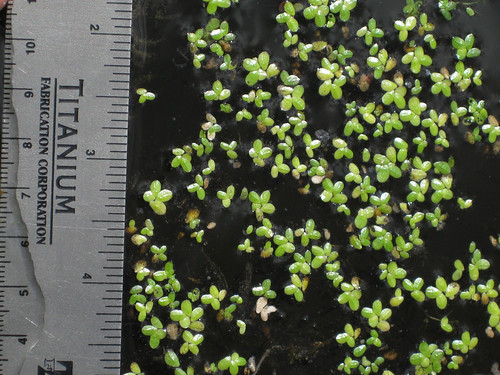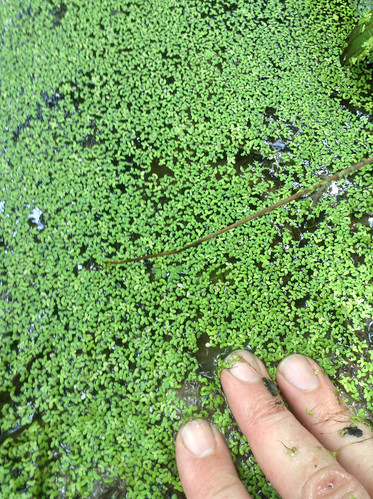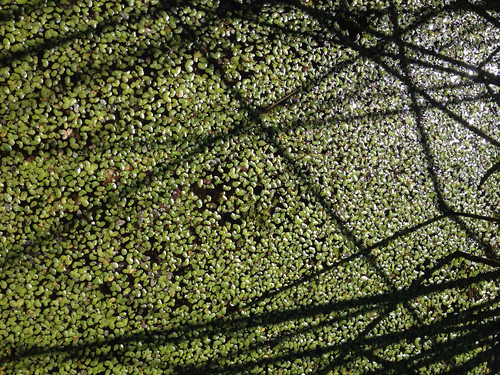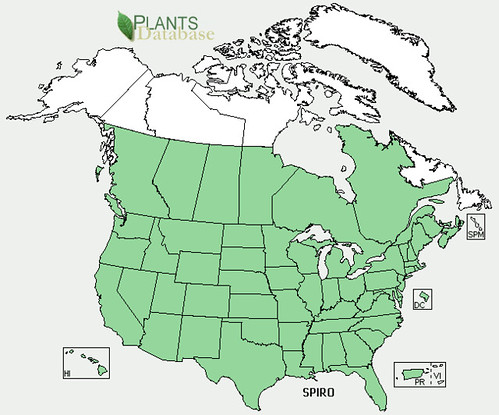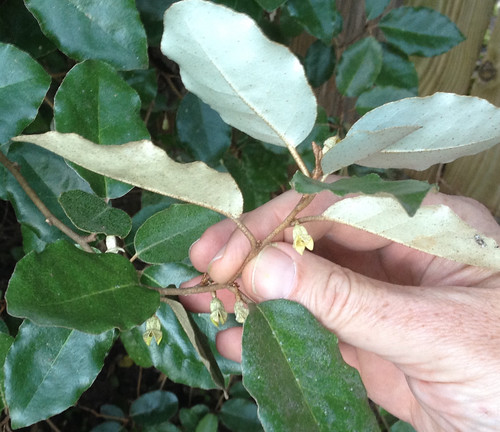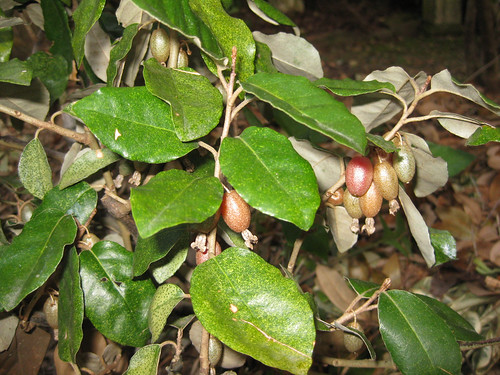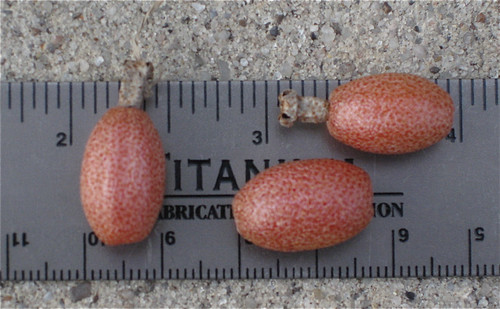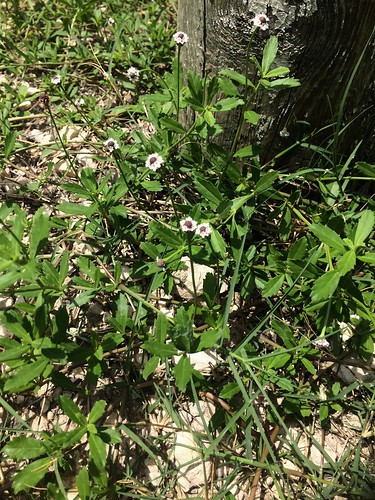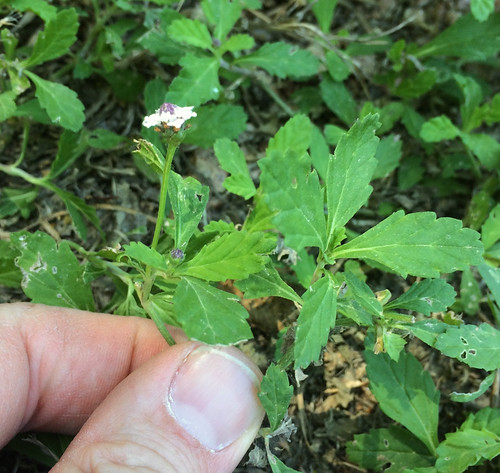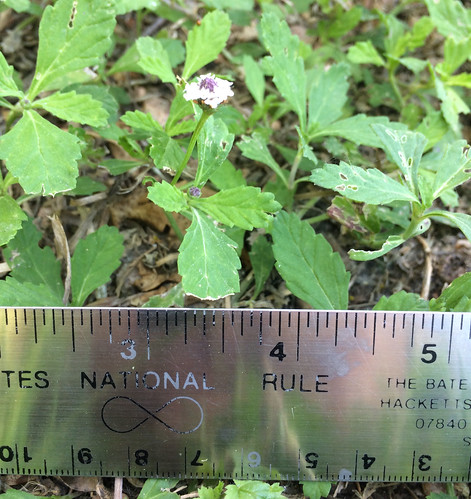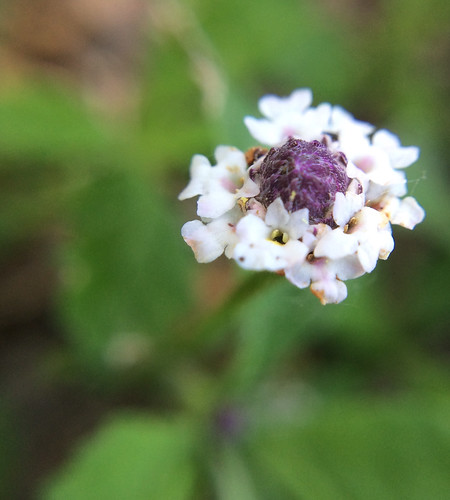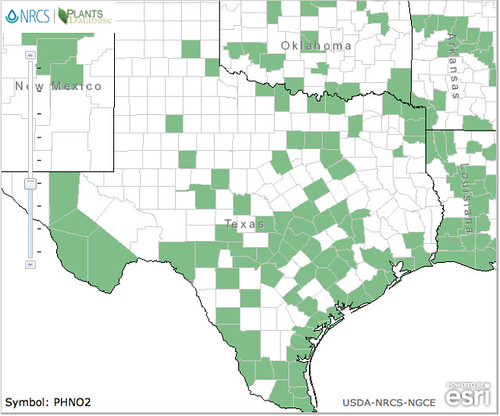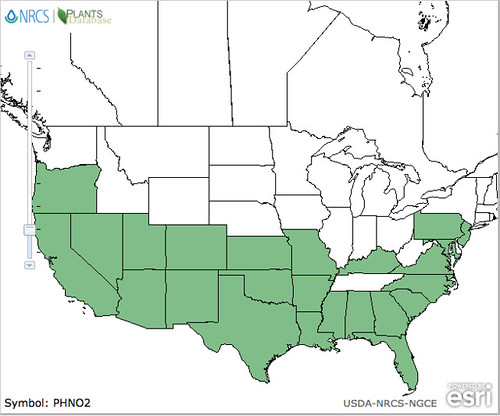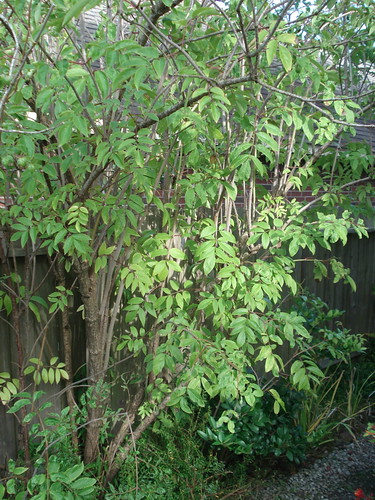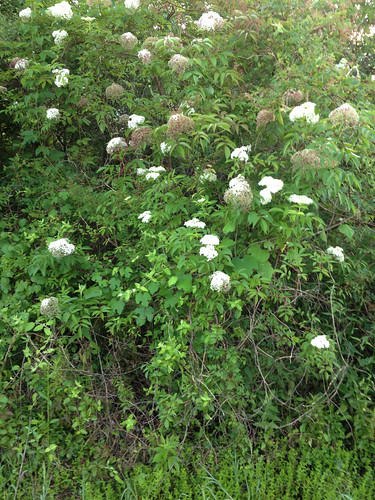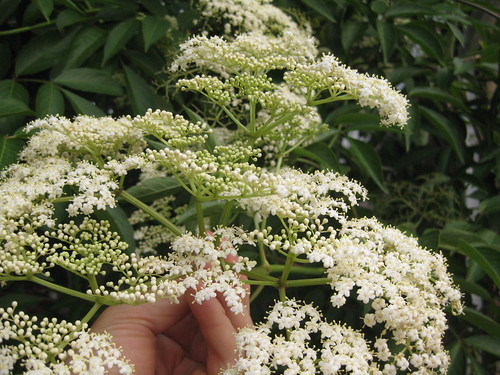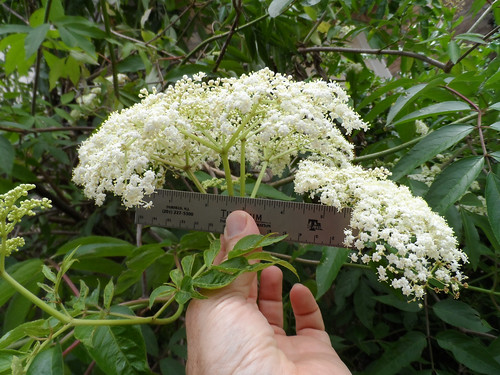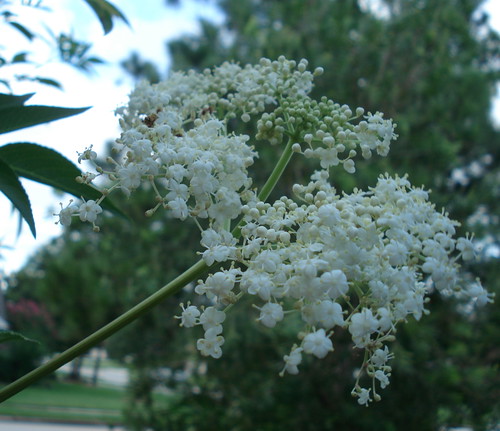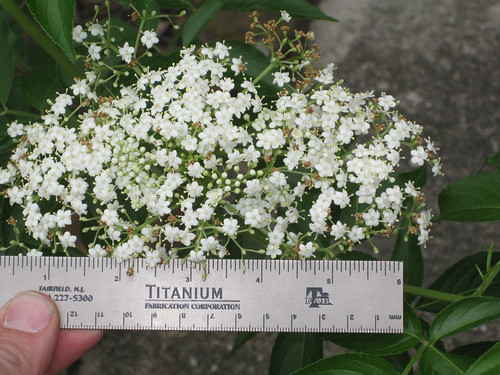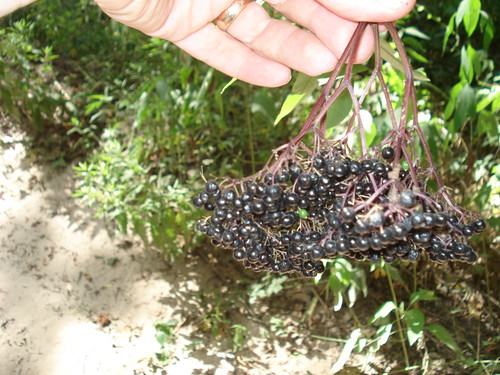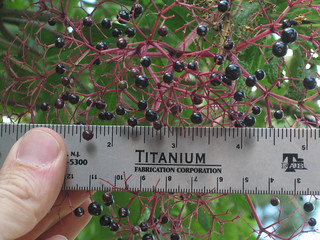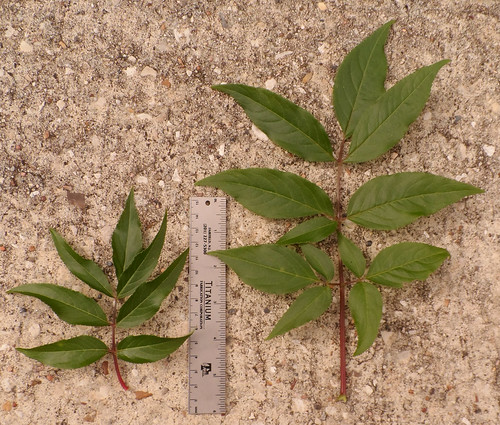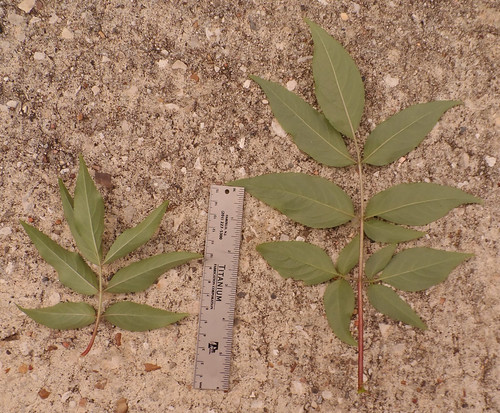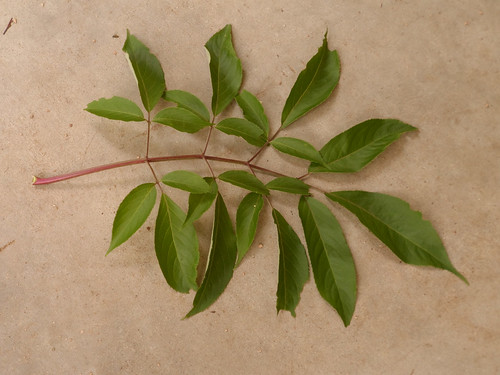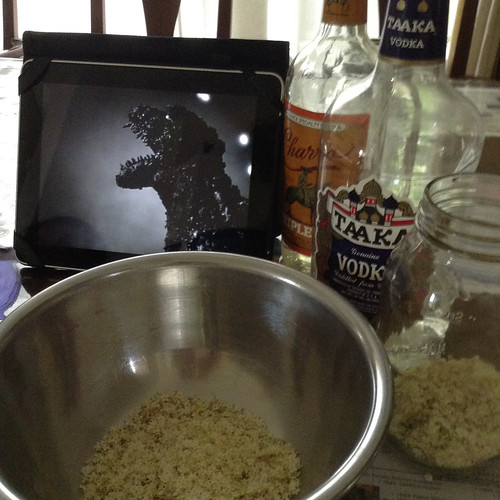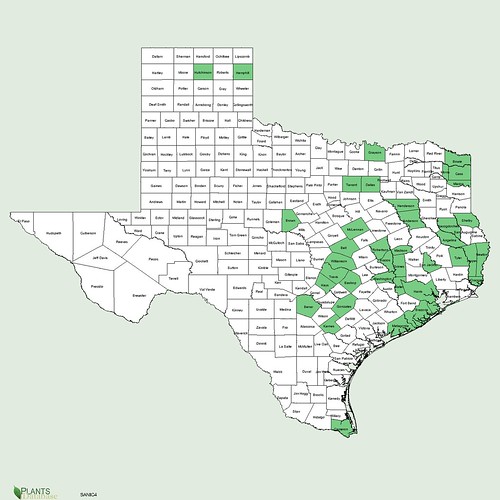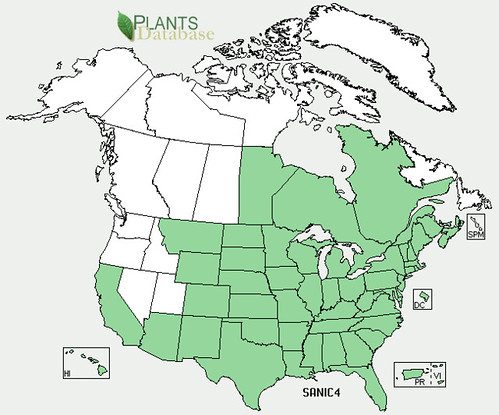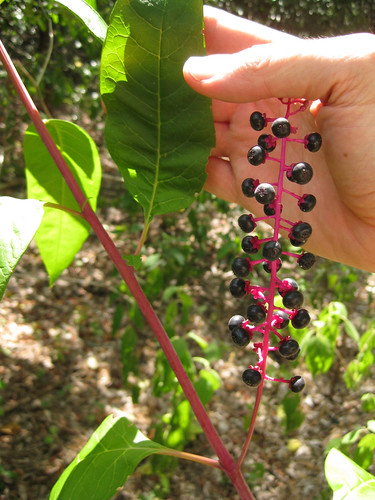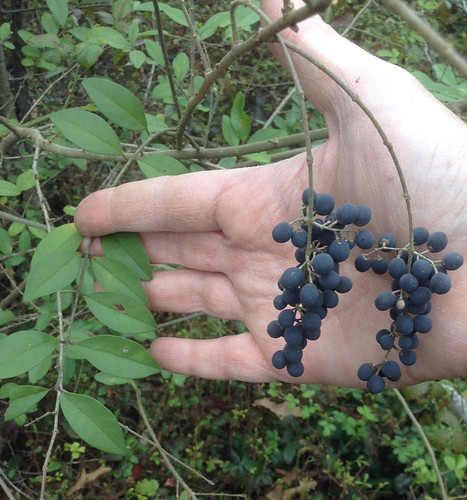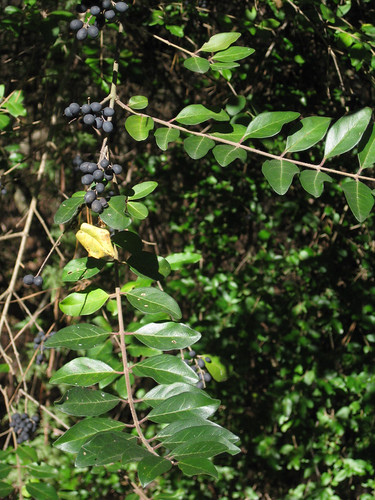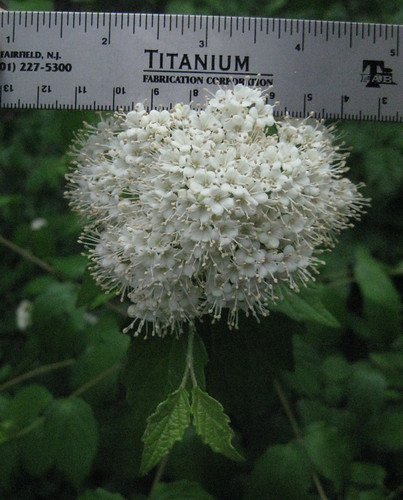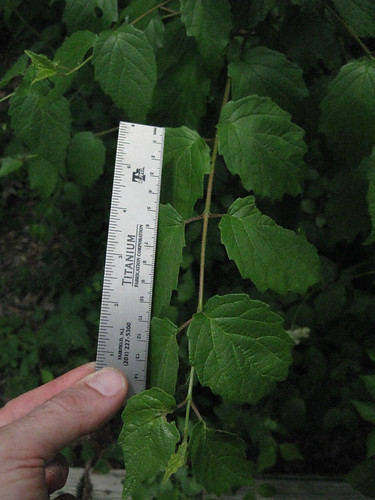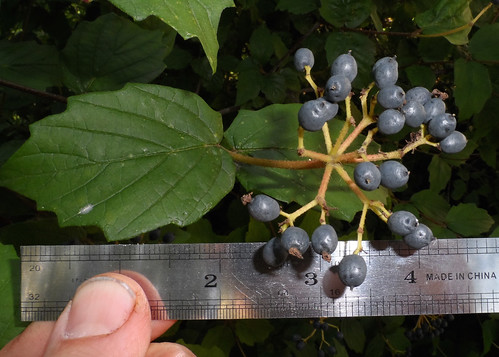Scientific Name(s): Ephedra nevadensis, E. torreyanna, E. trifurca, E. pedunculata, E. coryi, E. aspera, E. antisyphilitica
Abundance: common
What: leaves, stems, flowers
How: tea (tisane)
Where: arid land, deserts
When: spring
Nutritional Value: stimulants ephedrine and pseudoephedrine
Dangers: too much can lead to heart issues
Medicinal Summary: stimulant
Leaf Arrangement: The leaves are scale-like and arranged in whorls along the stems.
Leaf Shape: The scale-like leaves are typically about 1/8 to 1/4 inch long and have a narrow, lanceolate shape.
Leaf Venation: The leaves lack prominent venation due to their scale-like structure.
Leaf Margin: The margins of the scale-like leaves are entire, presenting a smooth edge.
Leaf Color: The color of the leaves varies by species but is often green or greenish-gray. The undersides are usually similar in color to the upper surface.
Flower Structure: Ephedra plants are typically dioecious, meaning male and female flowers are borne on separate plants. The flowers are inconspicuous and lack petals.
Flower Color: The flowers are often yellowish or greenish and are borne in cone-like structures.
Fruit: The fruit is a cone-like structure containing seeds.
Seed: Seeds are small and found within the cone-like structures. They can vary in size and color depending on the species.
Stem: The stems are woody and jointed, with a green to brown color.
Hairs: The stems and leaves may lack noticeable hairs.
Height: Ephedra plants vary in height depending on the species and environmental conditions but are generally low-growing shrubs, ranging from a few inches to several feet in height.
Ephadra growing up through a cracked rock near Marfa, TX.

Another Marfa, TX ephedra thriving unprotected in full sun.
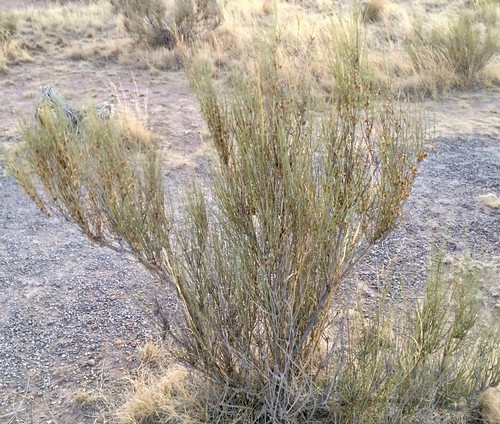
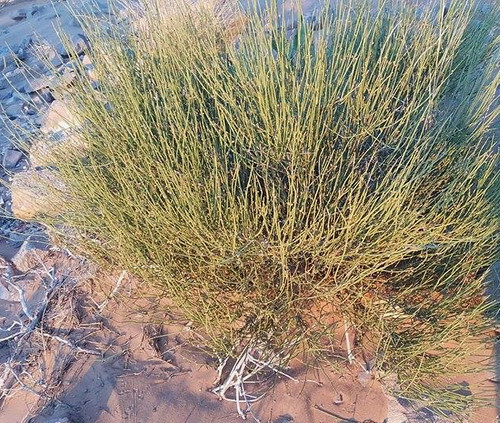
In March/April in West Texas the ephedra produces tan/gold flower cones at the stem joints.
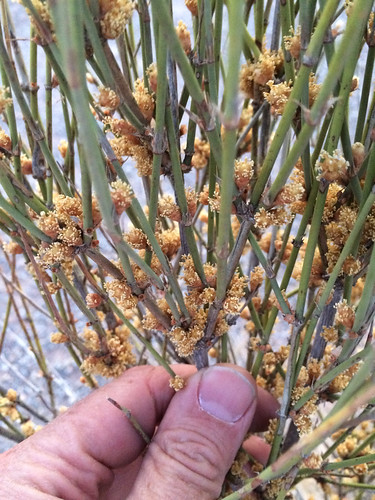
Closeup of ephedra flower cones.
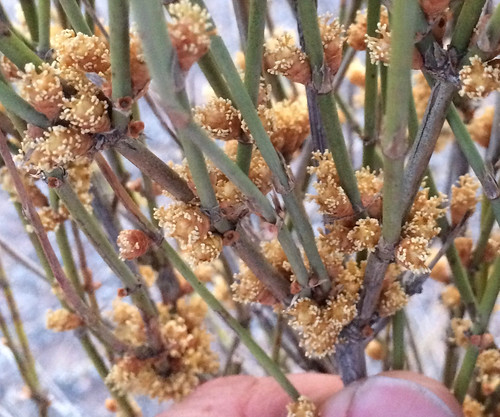
Texas distribution, attributed to U. S. Department of Agriculture. The marked counties are guidelines only. Plants may appear in other counties, especially if used in landscaping.
North American distribution, attributed to U. S. Department of Agriculture.
If you've been anywhere in West Texas you've seen the bundle of sticks that is the ephedra plant growing up out of the sand and gravel. It seems to prefer full sun over shade, with physical adaptions to withstand the harsh climate. It lacks traditional leaves but relies on photosynthesis occurring in its green, jointed stems. This is a perennial bush whose older, lowers sections will be gray and woody. In the spring there will be clusters of small, gold-brown flowers that turn into small "pine cone" like seedheads over the spring/early summer.
The younger, aerial parts of the plant have a long history of being used as a stimulant. Since it doesn't contain caffeine it was considered okay for use by the Church of Later Day Saints, giving it the name "Mormon tea". Note, the preferred species for Mormon tea is Ephedra nevadensis because it lacks the ephedrine found in other members of this genus.
Ephedrine is is a bronchodilator which helps with asthma and other breathing issues. It dries runny sinuses associated with colds and allergies. It also has stimulant properties. The most common form of taking this plant is as a tea aka tisane made from one teaspoon of the dried, crushed plant in one cup hot water, maximum two cups per day.
